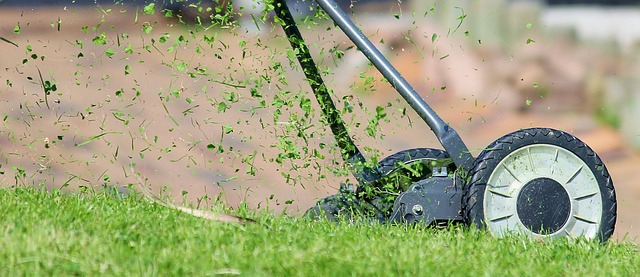Reducing Noise During Outdoor Cleanup: Practical Techniques
Outdoor cleanup can be loud and disruptive, especially when clearing autumn leaves and yard debris. This article outlines practical techniques—covering equipment choices, airflow control, attachments, and routine maintenance—to help homeowners and landscaping professionals reduce noise while keeping gardens and yards tidy.

Effective outdoor cleanup balances performance with consideration for nearby residents and wildlife. Whether you are clearing autumn leaves from a small garden or managing larger landscaping tasks, understanding how equipment choices, nozzle selection, and maintenance affect noise can lead to quieter, more efficient yardwork. This article explains practical techniques to minimize sound during cleanup while maintaining the ability to move debris safely and quickly.
How can gardening and yardwork choices reduce noise?
Noise starts with the task plan. For routine gardening and yardwork, prioritize manual methods—rakes, brooms, and leaf scoops—when feasible, since they produce minimal sound and excellent control over debris placement. When power tools are necessary, schedule louder activities for mid-day and avoid early mornings or late evenings. Group tasks to limit the duration of noisy equipment use, and consider using sound barriers like temporary fencing or dense hedges to absorb and deflect noise away from neighboring properties.
How does autumn cleanup affect noise and landscaping?
Autumn brings heavy volumes of leaves and organic debris that often prompt frequent blower use. To reduce noise impact in landscaping during this season, combine techniques: remove large piles manually, use lower-power settings on blowers for routine sweeping, and blow debris toward a single collection area rather than repeatedly relocating piles. Wet or compacted leaves can be quieter to gather with rakes. Plan cleanup windows that align with local regulations or neighborhood norms and coordinate with local services when larger landscaping cleanup is needed.
Which power types influence noise: cordless, battery, electric, gasoline?
Power source matters for sound levels. Gasoline-powered equipment typically produces higher noise due to engines and exhaust, while electric and battery-powered (cordless) blowers are often quieter and emit no exhaust. Cordless units powered by modern batteries can match moderate airflow needs with substantially reduced noise. For heavier debris or larger areas where gasoline models excel, consider hybrid approaches: use a gasoline blower only for brief, targeted tasks and quieter electric or battery tools for extended sweeping.
How do airflow, nozzles, and attachments change sound?
Airflow settings and the design of nozzles and attachments directly affect both efficiency and noise. High airflow at maximum throttle generates more sound; using lower speeds for light debris reduces noise. Narrow nozzles concentrate airflow for targeted clearing but can create higher-frequency noise—choosing a wider nozzle or a different attachment can spread airflow and lower perceived loudness. Variable-speed controls let operators dial in the minimum effective power. Some attachments, such as mulching kits or vacuum collectors, change how debris is handled and can alter acoustics; vacuuming with a catcher may be quieter than repeated blowing when collecting debris.
What maintenance and safety steps help lower noise?
Regular maintenance keeps equipment running smoothly and reduces unnecessary noise from loose parts or worn components. For combustion engines, tune-ups, clean air filters, and correct fuel mixtures reduce rough idling and excessive vibration. For electric and cordless units, check for worn bearings, loose housings, or damaged fan blades that can create extra noise. Use recommended safety gear—hearing protection for operators and clear signage for nearby people—and train users on smooth throttle changes and steady movement to avoid abrupt, noisy bursts of airflow.
What storage and local services tips support quieter cleanup?
Proper storage and handling can prevent noisy surprises: store equipment on padding or shelving to avoid rattling and perform pre-checks before starting work. In neighborhood settings, coordinate with local services to schedule bulk debris pickup rather than repeated blower use to move piles to the curb. Local services and landscaping professionals in your area may offer quieter cleanup options or evening scheduling—ask about battery-powered fleets or manual cleanup alternatives if noise is a concern. Respect storage rules for batteries and gasoline to ensure safe, low-noise operation when equipment is next used.
Conclusion Reducing noise during outdoor cleanup involves thoughtful equipment choice, deliberate technique, and routine maintenance. By combining quieter tools like cordless or electric blowers with smart nozzle selection, airflow control, and planned scheduling during autumn and other busy seasons, you can maintain tidy gardens and yards while minimizing disturbance. Practical habits—such as using manual methods for small tasks and coordinating with local services for larger jobs—further help balance efficiency with considerate noise management.






